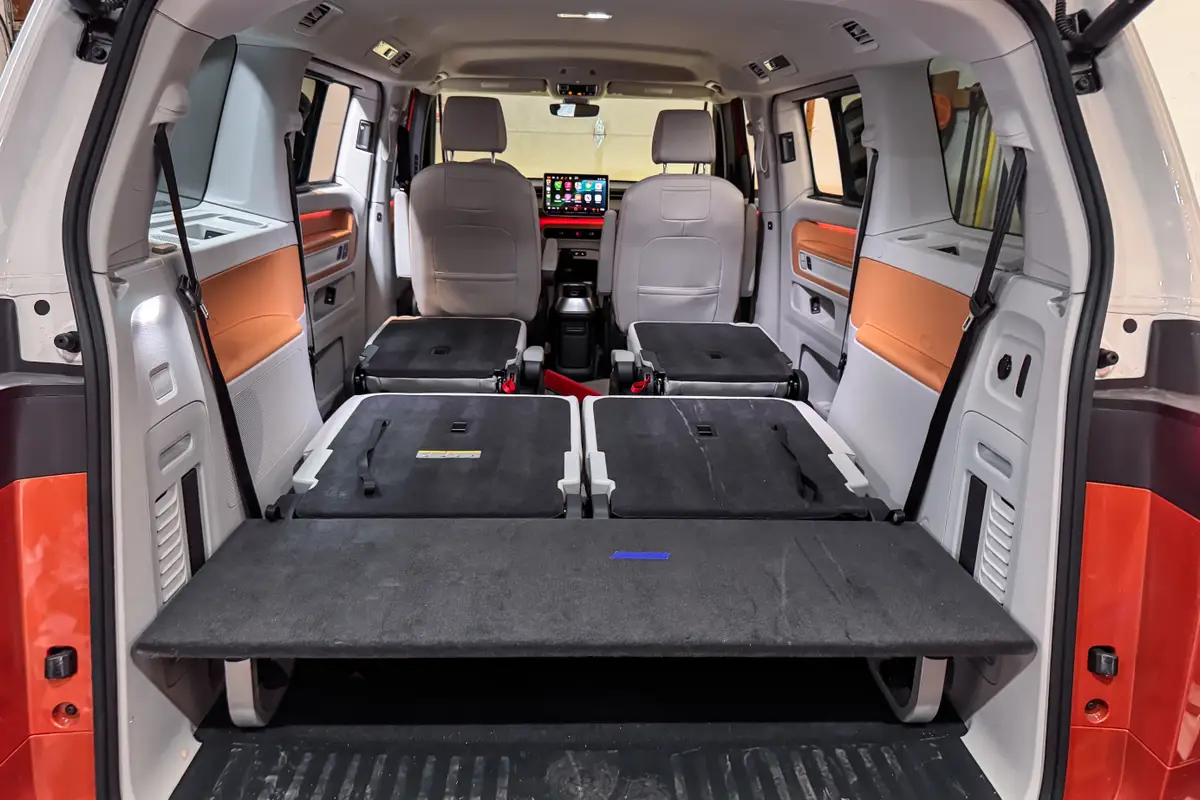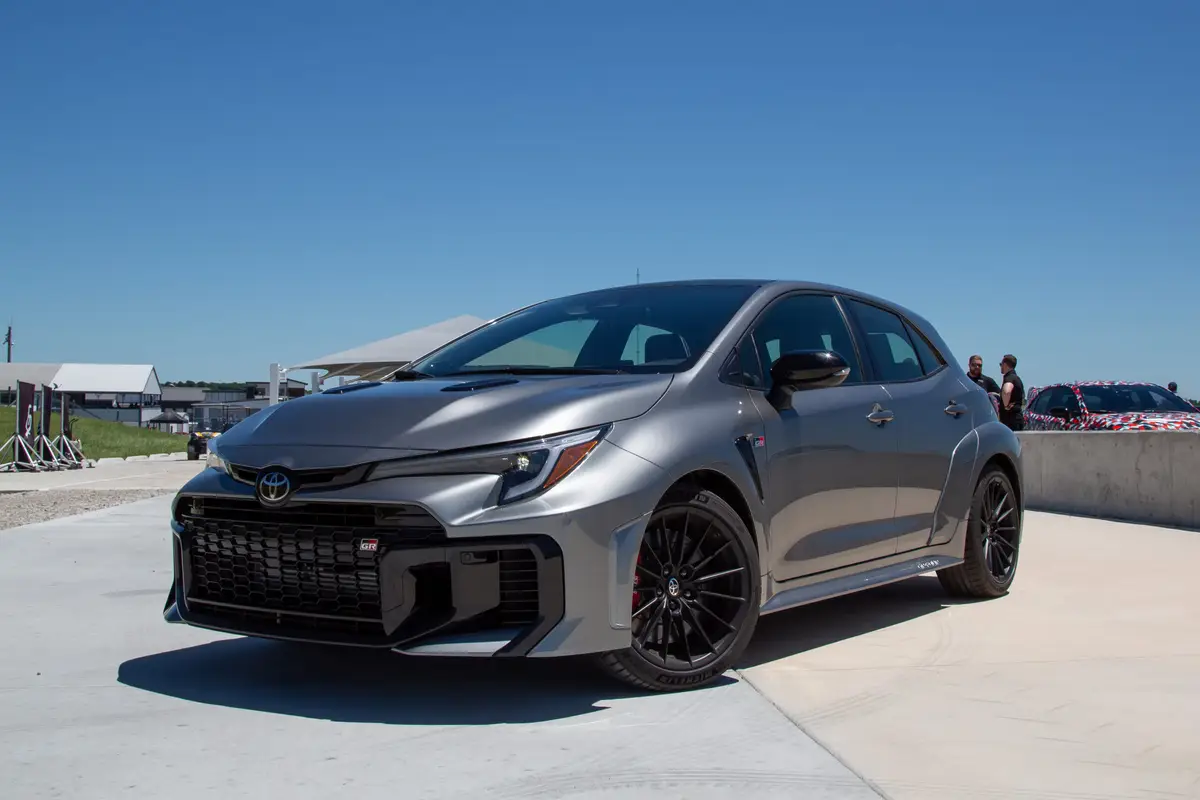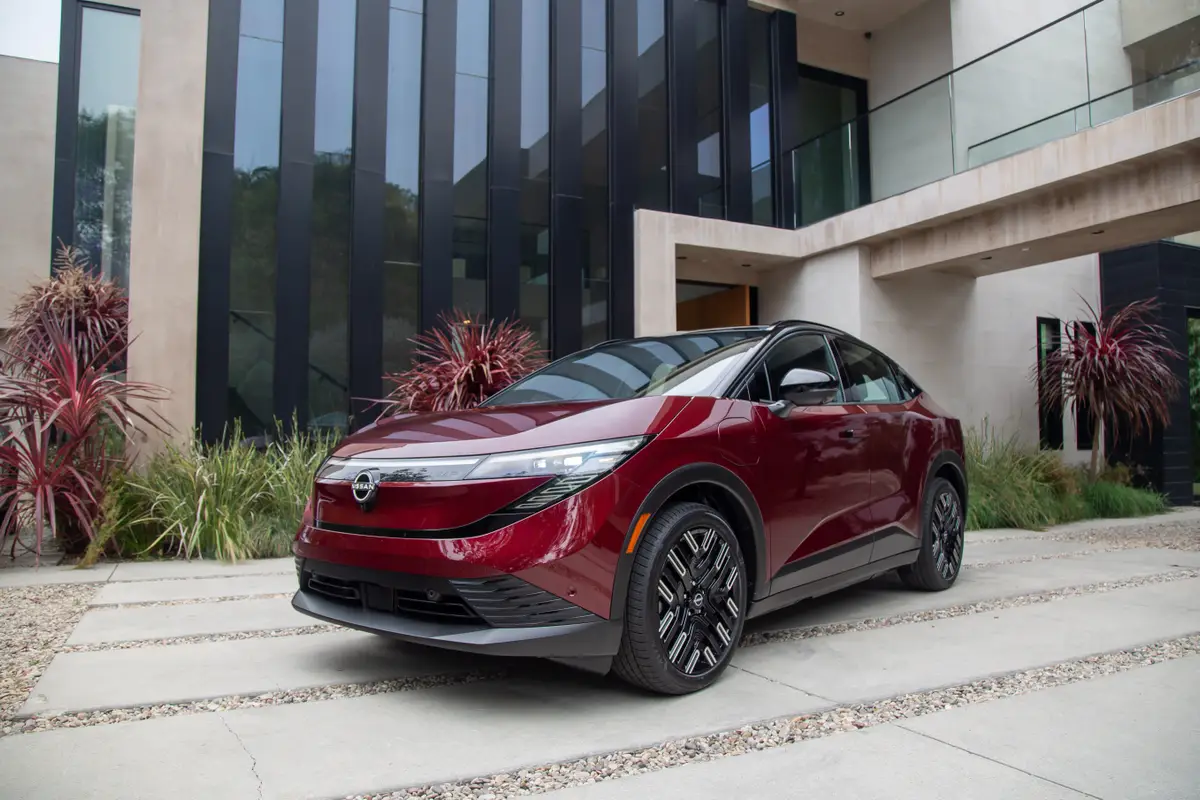Get Ready, Parents: Many Teen Drivers Will Learn in EVs


After years of fledgling interest in electric vehicles, it seems Americans are finally going electric. Through June 2022, EVs accounted for 5.7% of new-car registrations, according to Experian. This new wave of electric cars on the road means that the next generation of drivers — the children of these new EV owners — will likely learn how to drive in an EV.
Related: What To Know Before Purchasing an Electric Vehicle: A Buying Guide
Parents are just starting to think through having their teen behind the wheel of an EV. A Cars.com survey, conducted on Sept. 14, 2022, found that 74% of 1,000 respondents said it’s at least somewhat important that teens learn to drive an EV, and 56% of respondents said they believe all teen drivers will learn to drive an EV within 10 years.
For some student drivers, the EV future is already here with in-school driver’s education programs using EVs for hands-on instruction. At a few public high schools in Chicago, for instance, students are learning to drive in EVs, and in the near-future, the plan is for the entire fleet to be electric, said Angelo Mihalopoulos, Chicago Public Schools driver’s education and social studies teacher.
EVs, especially used ones, could be a great first car for first-time drivers, though inventory issues have made finding an affordable used EV, or any used car, challenging right now. Although the federal tax credits have shifted to cover fewer new EVs for now, the 2023 Nissan Leaf, with a starting price of $29,135 (including destination), is an affordable option that qualifies for the credit. And in 2023, the Chevrolet Bolt EV and Bolt EUV — other great choices for teens — will once again be eligible for federal tax credits.
- ${price_badge()}
- ${ami_badge()}
- ${battery_badge()}${ev_report_link()}
- ${hot_car_badge()}
- ${award_badge()}
- ${cpo_badge()}
${price_badge_description}
${ami_badge_description}
The EV Battery Rating is based on this vehicle's current expected range relative to the vehicles expected range when new. ${battery_badge_text}
Certified cars are manufacturer warrantied and typically go through a rigorous multi-point inspection.
This car is likely to sell soon based on the price, features, and condition.
${award_blurb}
${award_two_blurb}
Shop the 2023 Nissan Leaf near you

Here are four reasons why we think EVs could be a good fit for teen drivers and three reasons why this idea gives us pause.
Why EVs Would Be Good for Teen Drivers
1. Active safety features: Teen drivers need all the help they can get, and newer EVs have a ton of active safety features such as automatic emergency braking with forward collision warning, which uses sensors to monitor the cars ahead of your vehicle and automatically engages the brakes in an impending crash, and rear cross-traffic alert that tells the driver when a car is approaching when backing out of a parking space.
2. Teen driver tech: Parents also need help with new drivers, and features like Chevrolet’s Teen Driver Technology can give parents some insight into how their teen is driving. Available in the Bolt EV and EUV, the system allows parents to set a speed alert and limiter, a volume limit, and a seat belt reminder that prevents the driver from shifting out of Park if their seat belt isn’t buckled. Some might say this tech is Big Mother, ahem, Brother, but with teen drivers, it’s good to set limits around their driving until they’ve developed their skills. In the Cars.com survey, 88% of respondents said they’re at least fairly confident in their knowledge of parental-control tech.
3. Less maintenance: EVs need less maintenance than vehicles with internal-combustion engines because their battery, motor and associated electronics require little to no regular upkeep. EVs also have fewer fluids, like engine oil, and regenerative braking means brake wear is significantly less.
4. One-pedal driving: Found in some EVs, one-pedal driving can be activated by the driver to allow them to use only the accelerator pedal to speed up or slow down. When the accelerator is released, or no longer depressed, the car will slow much more quickly than a gas-powered car. This could help teens who are still learning to judge distances when driving.
Why Teens Shouldn’t Drive EVs
1. Public charging: If you have a Level 2 charger at home, keeping your EV charged up is not an issue for daily driving. But if your teen has to rely on public charging stations, that could add a layer of complication to EV ownership. More public charging stations are coming online, but they’re not always conveniently located and can be busy, meaning your teen driver may need to hang out in a parking lot to wait their turn. And for teens who live in a cold-weather state, they’ll need to hit the public charger more frequently as cold temperatures affect an EV’s range, dropping it by as much as 40%.
2. Rear-wheel drive: Many newer EVs have RWD as their base driveline. Rear-drive cars require finesse when driving — something teen drivers aren’t known to have — as they’re more prone to oversteer than front-wheel-drive vehicles. The good news is EVs have more optimized weight distribution than older gas-powered RWD cars did and have a lot of weight because of their battery packs.
3. Instant torque: EVs can be breathtakingly quick; just hit the accelerator and the car will zip quickly up to speed and beyond. It’s one of the things that make EVs so fun to drive, but for teen drivers, it could bring a lot of temptation.
If your heartburn is flaring up at the thought of your teen driving, I get it. My husband and I have started teaching our younger son to drive; he’ll learn in our two cars, an all-electric 2022 Hyundai Ioniq 5 and a 2019 Hyundai Ioniq plug-in hybrid. Our blood pressure survived our older son learning to drive, though highway merging with a teen driver is its own heart stress test.
Parents are a critical part of teens learning how to drive. “The safest teen drivers are those whose parents take an active role in the learning process and understand that their child will need to practice the skills they learn at school,” Mihalopoulos said.
For teens, that means they’ll need a lot of practice, and for parents, they’ll need even more patience.
More From Cars.com:
- What Are the Best New and Used Cars for Teens?
- How to Successfully Teach Your Teen To Drive a Stick Shift
- Should You Buy a CPO Electric Car?
- Which Electric Cars Are Still Eligible for the $7,500 Federal Tax Credit?
- More Electric Car News
Related Video:
Cars.com’s Editorial department is your source for automotive news and reviews. In line with Cars.com’s long-standing ethics policy, editors and reviewers don’t accept gifts or free trips from automakers. The Editorial department is independent of Cars.com’s advertising, sales and sponsored content departments.

Editor-in-Chief Jennifer Newman is a journalist with more than 25 years of experience, including 15 years as an automotive journalist at Cars.com. Jennifer leads the Editorial team in its mission of helping car shoppers find the vehicle that best fits their life. A mom of two, she’s graduated from kids in car seats to teens behind the steering wheel. She’s also a certified car-seat technician with more than 12 years of experience, as well as member of the World Car Jury, Automotive Press Association and Midwest Automotive Media Association. LinkedIn: https://www.linkedin.com/in/jennilnewman/ Instagram: @jennilnewman
Featured stories




